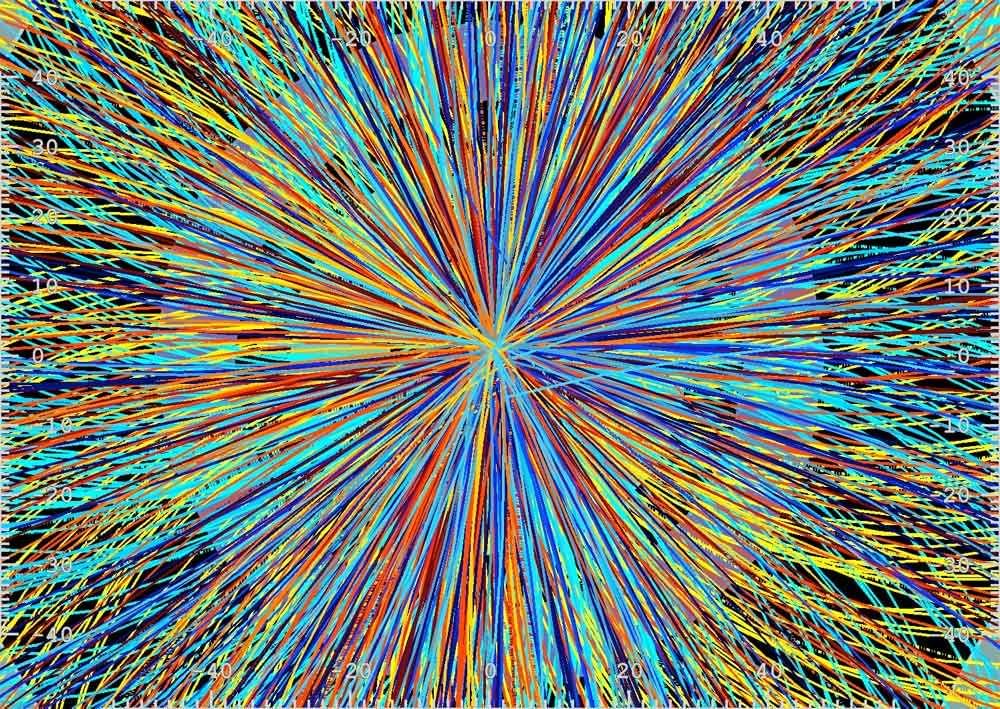Musk and SpaceX sent Starlink terminals to Ukraine at the request of a government official after internet service was disrupted across the country by the Russian invasion. A shipment of Starlink ground terminals, which use an antenna and terminal to access the satellite broadband service, arrived in Ukraine by Monday Feb. 28). With the terminals in use, SpaceX is working to keep them online, Musk said.
“Some Starlink terminals near conflict areas were being jammed for several hours at a time,” Musk wrote in a Twitter statement Friday (March 1). “Our latest software update bypasses the jamming.”
I wonder how many of the satellites are damaged?
Starship and Starlink V2 progress will be delayed, Musk said.






